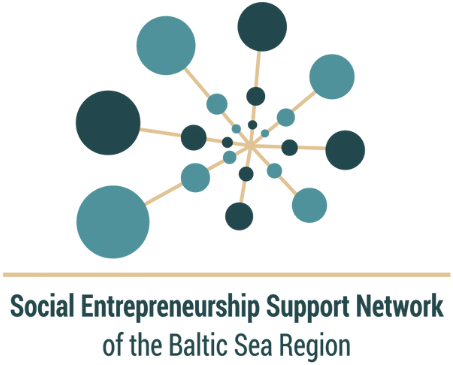Messengers with Features for Business
Three effective messaging tools are presented this time for you to try and make communication within your teams faster, more interactive and effective. Less known than Slack or Trello, however not less effective and to some even more attractive – these are Chanty, Cisco Webex Teams and Fleep, which keep distant teams together, integrate and share.
Chanty is a business messenger, positioned as an alternative to Slack, one of the most known project management and communication tools. Similarly to its main competitor, Chanty integrates with common devices and let one to connect to multiple sources from one place. With this tool it possible to monitor activity from services like Google Drive, Twitter, Salesforce, Jira, Stripe and others, as well as receive notifications and structure the information.
For now beta version of Chanty is available for free, offering workflow and team collaboration features. It is possible to make collective decisions, create polls, transform discussions into workflows, store files and coordinate tasks by assigning team members.
Extremely useful features of the software are team audio and video calls, which can be made directly from the chat. Voice messages can also be sent with voice transcripts, providing with text version of the message and therefore allowing to increase the efficiency of communication. Chanty is able to save one’s time on predicting responses by offering relevant answers to choose from.
Moreover, the app has unlimited message history, which is searchable in case one misses the information. Filesharing supports documents, images, PDFs, spreadsheets and other file formats, using drag & drop function. The presence of emojis makes it more attractive, but “@mentions” allow to stress out significant information related to concrete persons and send them notifications. Through the settings notifications can be managed by each individual user.
Read more about Chanty here.












